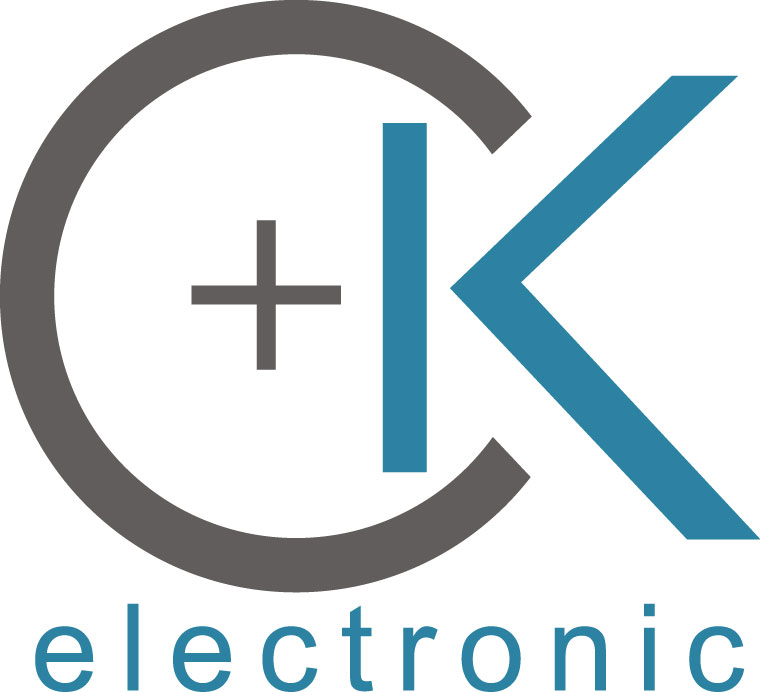For assessing, treatment analysis and documentation, acne has to be either graded or lesion scoring has to be done. Both methods strongly depend on the skills of the examiner and bear high inter-individual deviations.
Biophysical measurements using sebumetry, porphyrin fluorescence and standardised photographic images of the face can overcome these disadvantages. Additionally, they can be used for comprehensive evaluation of the treatment protocol.
Objective methods for the determination of the skin physiology and disease activity in acne are relevant in order to obtain substantiated data. These are essential for monitoring the efficacy of cosmetic, corneotherapeutic or dermatologic products in acne treatment.
In this article we introduce sebumetry, porphyrin fluorescence and standardised photography as exemplary methods for treatment control and documentation. Skin imaging methods are gaining more attention as they can be used in teledermatology.
![Table 1: Comparison of acne grading and lesion counting[9]](/article-image-alias/how-effective-is-your-anti-acne-product-3.jpg)
Table 1: Comparison of acne grading and lesion counting[9]
What is acne?
Acne is regarded as one of the most common dermatological diseases[1]. It can occur in all ages, but is most common in juveniles. Its onset usually correlates with entering into puberty and affects both genders.
Typically, hormones and hormonal undulations are suspected to





